.jpg) Yves Tanguy The Storm 1926 |
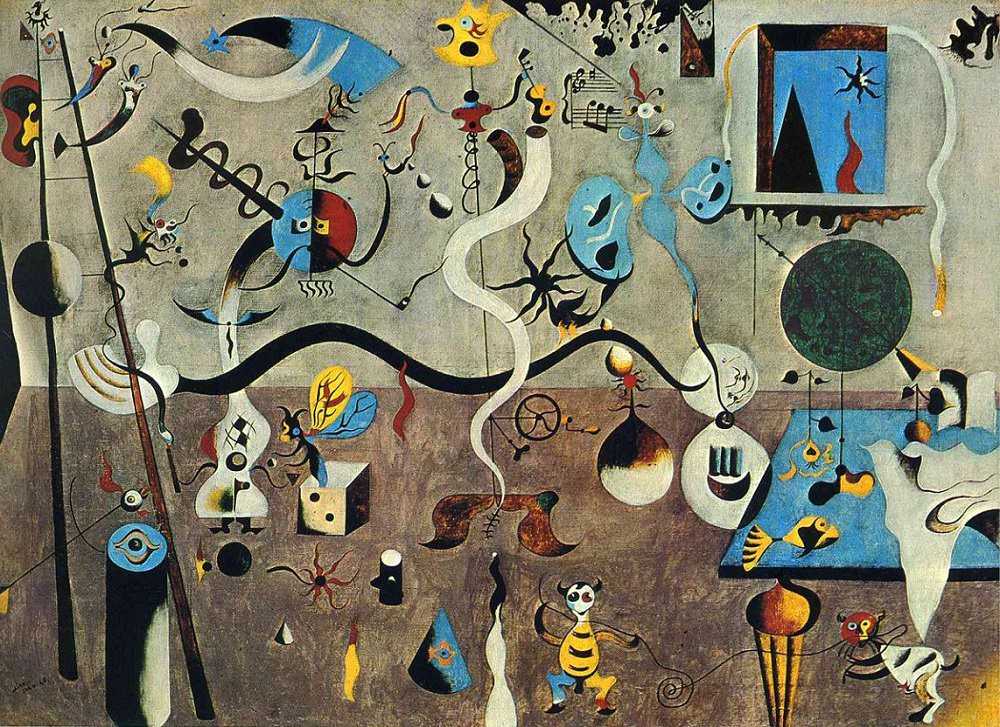 Joan Míro Harlequin's carnival 1924 |






.jpg) Yves Tanguy The Storm 1926 |
 Joan Míro Harlequin's carnival 1924 |
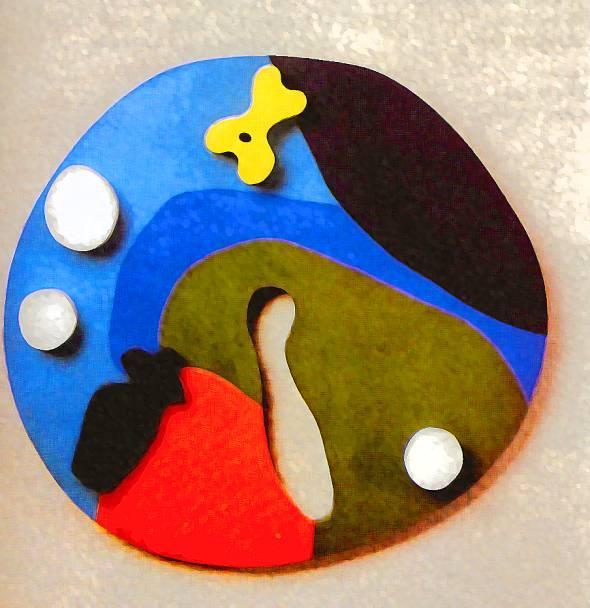 Hans Arp Clock 1914 |
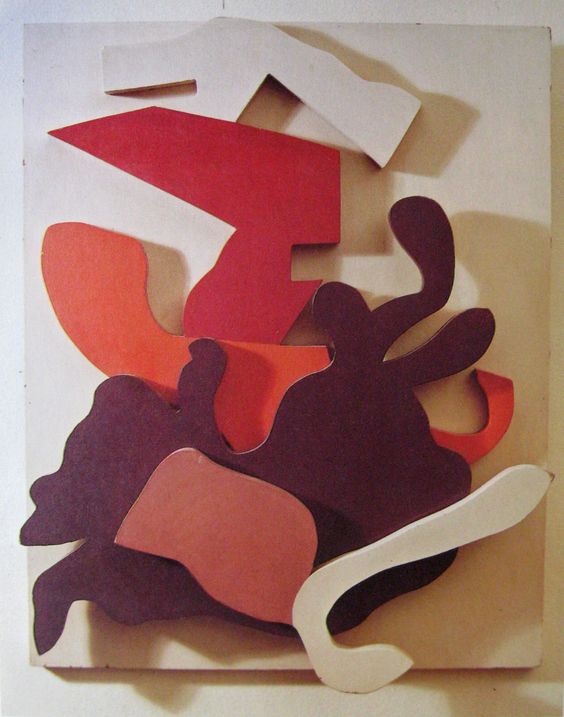 Hans Arp Hammer Flower 1916 |
|
Desmond Morris The Sentinel 1976 |
 Roberto Matta Morphology 1937 |
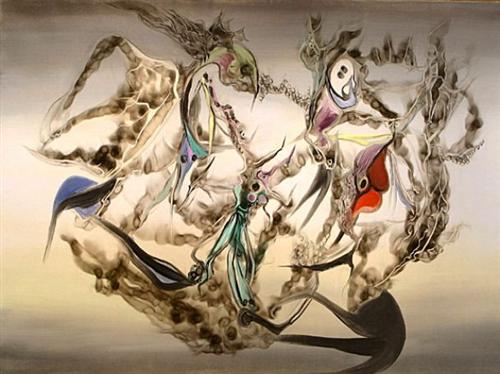 Wolfgang Paalen Ciel de pieuvre (Sky Octopus) 1938 |
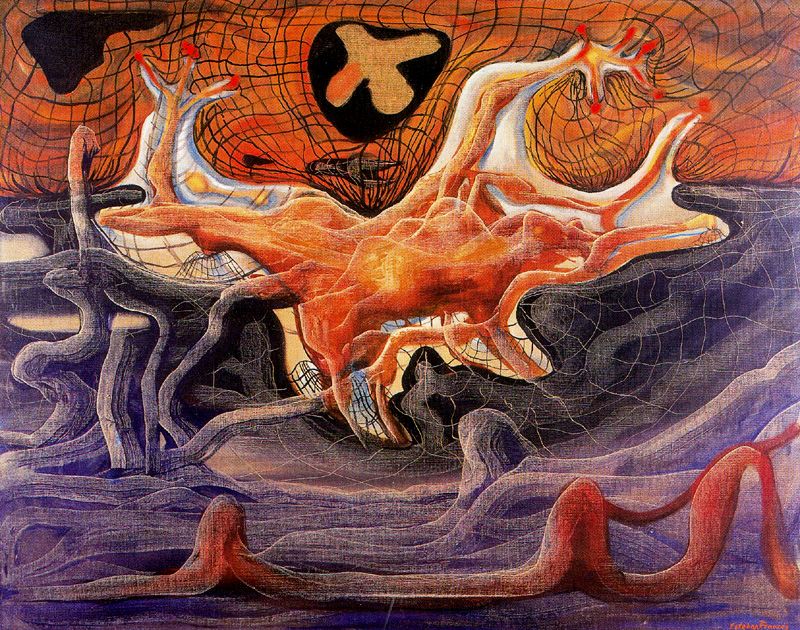 Esteban Francis Alambradas (Barbed wire fences) 1937 |
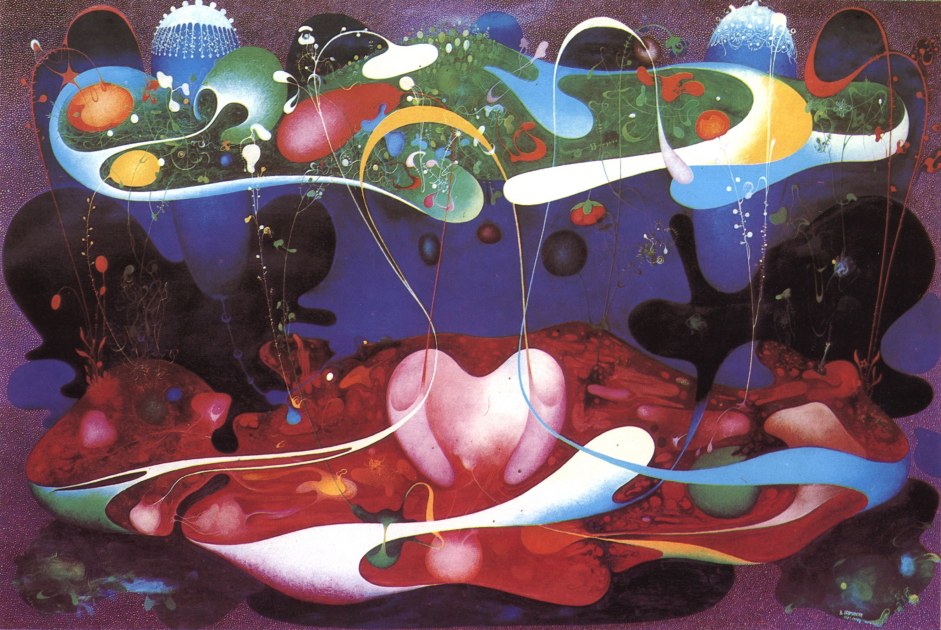 Vangel Naumovski Heart of Life 1971 |
 Judit Reigl Torch of the Chymical Wedding1954 |